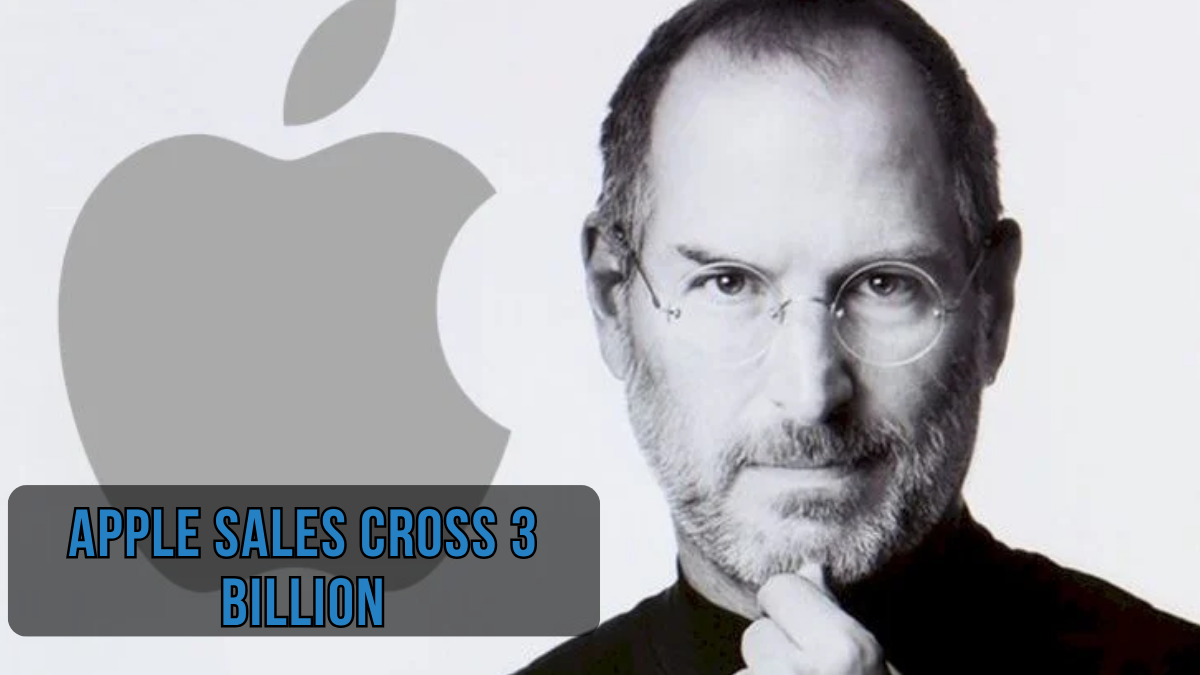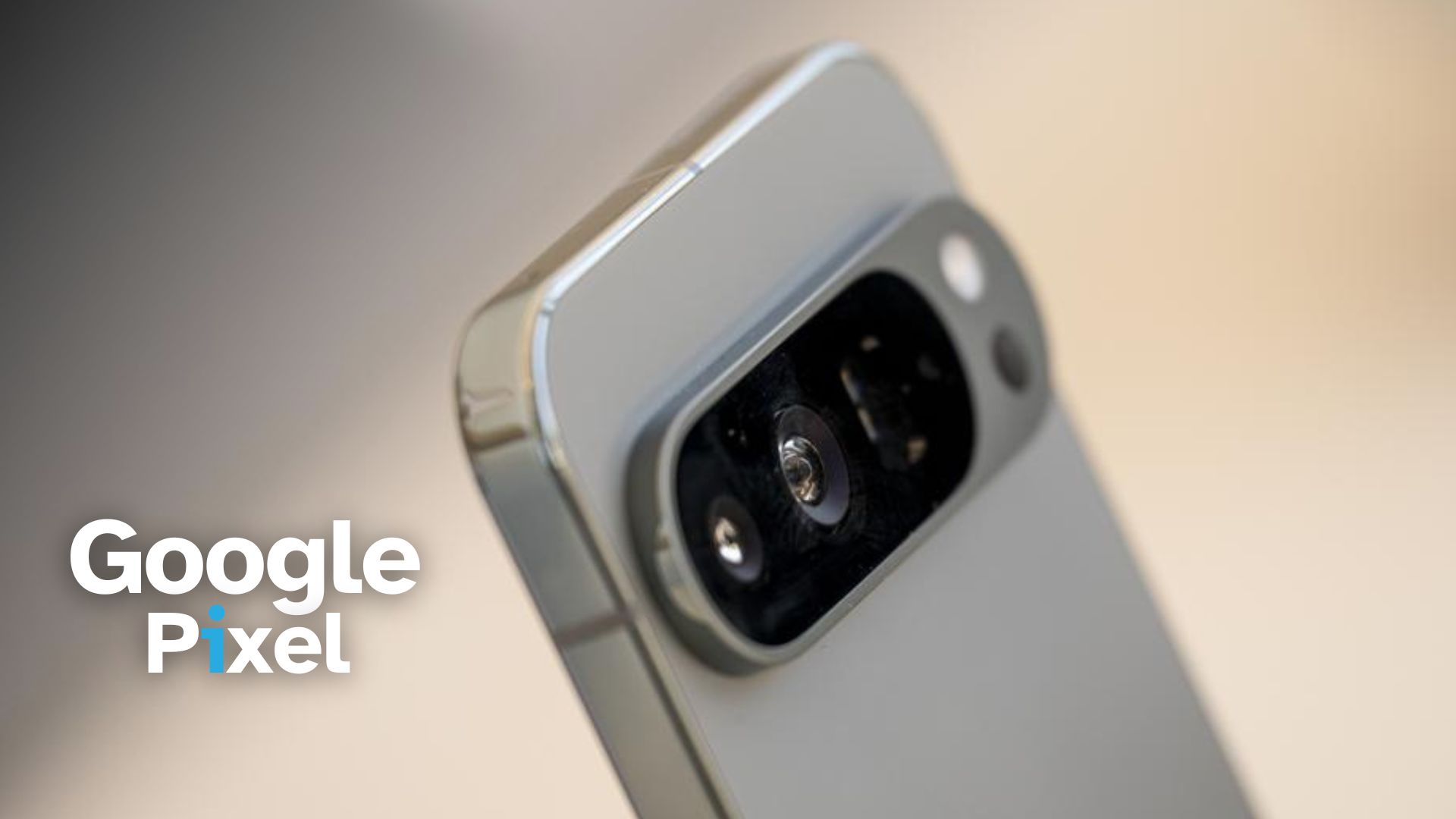In a quiet yet significant revelation during Apple’s Q3 2025 earnings call, CEO Tim Cook announced that the company has officially shipped over 3 billion iPhones since the iconic product’s launch in 2007. While the news did not receive a dramatic announcement, the milestone reflects the monumental success of the iPhone as one of the most transformative consumer technology products in history.

This achievement comes at a time when Apple reported a 13% year-over-year growth in iPhone revenue for Q3 2025, showing the continued relevance of the product even in a mature global smartphone market.
Summary Table: Apple’s iPhone Milestone Highlights
| Key Detail | Information |
|---|---|
| iPhone First Launched | 2007 |
| 1 Billion iPhones Shipped | July 2016 |
| Estimated 2 Billion Milestone | September 2021 (Analyst estimate) |
| 3 Billion iPhones Shipped | Announced in Q3 2025 (July) |
| Q3 2025 iPhone Revenue Growth | 13% YoY |
| Official iPhone Website | https://www.apple.com/iphone |
A Brief History of iPhone Milestones
Apple’s journey with the iPhone began in 2007, under the leadership of Steve Jobs. Since then, the device has gone through multiple transformations, not only redefining how phones function but also creating entirely new industries such as mobile apps, smartphone photography, and biometric authentication.
Key Historical Markers:
- July 2016: Apple hits 1 billion iPhones shipped, just nine years after launch.
- September 2021: Analysts estimate Apple quietly surpassed the 2 billion mark.
- July 2025: Official confirmation of 3 billion iPhones shipped.
These figures show an accelerating adoption curve, even as the smartphone market matures globally.
Apple’s Q3 2025 Earnings: iPhone Still Leading the Charge
Apple’s Q3 2025 earnings report showed solid performance across product lines, but the iPhone stood out with 13% year-over-year revenue growth. This growth comes despite:
- Global smartphone saturation
- Economic uncertainty in major markets
- Competitive pressure from Android manufacturers
Tim Cook stated:
“We also recently marked a significant milestone. We shipped the 3 billionth iPhone since its launch in 2007.”
The understated comment during the earnings call was a nod to Apple’s shift in reporting focus. Since 2018, Apple no longer provides unit sales figures for hardware.
Why the 3 Billion Mark Matters
While Apple no longer tracks unit sales publicly, crossing 3 billion devices is a clear indicator of continued demand and ecosystem lock-in. Here’s why the figure is so significant:
1. Hardware Endurance
Despite criticism of high pricing, the iPhone continues to sell tens of millions of units annually. Apple has managed to:
- Maintain premium pricing
- Reduce product churn
- Continue scaling across emerging markets
2. Ecosystem Strength
The iPhone is a gateway into Apple’s wider ecosystem, including:
- iOS software
- App Store
- AppleCare
- iCloud
- Apple Pay
This interlinked ecosystem drives recurring revenue and strong customer retention.
3. Longevity of Use
Unlike many Android devices, iPhones often enjoy 5–6 years of software updates, making them relevant for longer and contributing to resale and secondhand markets.
Apple’s Strategic Shift: Beyond Unit Sales
In late 2018, Apple stopped reporting unit sales, with then-CFO Luca Maestri stating that:
“Unit sales are no longer the best metric of business health.”
Instead, Apple now emphasizes:
- Total revenue per product
- Growth in services
- Active installed base
This move aligns with Apple’s goal of focusing on lifetime customer value, rather than just quarterly hardware numbers.
Market Trends and the Future of iPhone
Despite facing a saturated smartphone market, Apple has managed to expand the iPhone’s appeal through:
a. New Product Lines
- iPhone SE for budget-conscious users
- iPhone Pro series for tech enthusiasts
- Differentiated screen sizes, cameras, and processing power
b. Geographic Expansion
- Strengthening market share in India, Southeast Asia, and Latin America
- Maintaining premium dominance in North America and Europe
c. Financing Options
- Trade-in programs
- Carrier partnerships
- Apple financing options (EMI, Apple Card in the U.S.)
Challenges Ahead
Despite the 3 billion milestone, Apple faces several future challenges:
1. Market Maturity
Most global markets have already reached smartphone penetration saturation, leading to longer replacement cycles.
2. Competitive Pricing
Chinese manufacturers like Xiaomi and Realme continue to offer compelling alternatives at significantly lower price points.
3. Innovation Pressure
With each passing year, the bar for innovation gets higher. Features like foldable displays, generative AI cameras, and advanced satellite connectivity are becoming standard expectations.
Apple’s Long-Term iPhone Strategy
Going forward, Apple appears focused on:
- Strengthening services revenue (iCloud, Apple Music, Fitness+, etc.)
- Enhancing privacy and security
- Integrating AI and machine learning directly into iOS
- Sustainable design and use of recycled materials
This holistic approach ensures that the iPhone remains not just a device, but a central node in Apple’s expansive digital ecosystem.
Frequently Asked Questions (FAQs)
Q1. When did Apple ship its first iPhone?
Ans: The first iPhone was launched in 2007.
Q2. When did Apple hit the 1 billion iPhone milestone?
Ans: Apple announced crossing 1 billion iPhones shipped in July 2016.
Q3. Was the 2 billion milestone ever officially announced?
Ans: No, but analysts believe it occurred around September 2021.
Q4. When was the 3 billion iPhone milestone confirmed?
Ans: Tim Cook confirmed it during Apple’s Q3 2025 earnings call.
Q5. Why is this milestone important?
Ans: It highlights the iPhone’s sustained success over 18 years and Apple’s dominance in the premium smartphone market.
Q6. Does Apple still report unit sales?
Ans: No, Apple stopped reporting unit sales in late 2018 and now focuses on revenue, installed base, and services growth.
Q7. How does Apple benefit from the iPhone ecosystem?
Ans: iPhones drive engagement across Apple’s services, including the App Store, iCloud, and subscriptions, creating long-term revenue streams.
Final Thoughts
Crossing 3 billion iPhones shipped is more than just a symbolic number — it is a testament to Apple’s ability to innovate, retain customers, and adapt to an evolving digital landscape. From its revolutionary debut in 2007 to becoming the cornerstone of a multibillion-dollar ecosystem, the iPhone remains central to Apple’s identity.
As Apple continues to expand services, explore AI integration, and refine its ecosystem, the iPhone’s influence will likely extend far beyond just device sales — shaping how people live, work, and connect in a digital-first world.
For official updates and product details, visit:
https://www.apple.com/iphone
For More Information Click HERE











